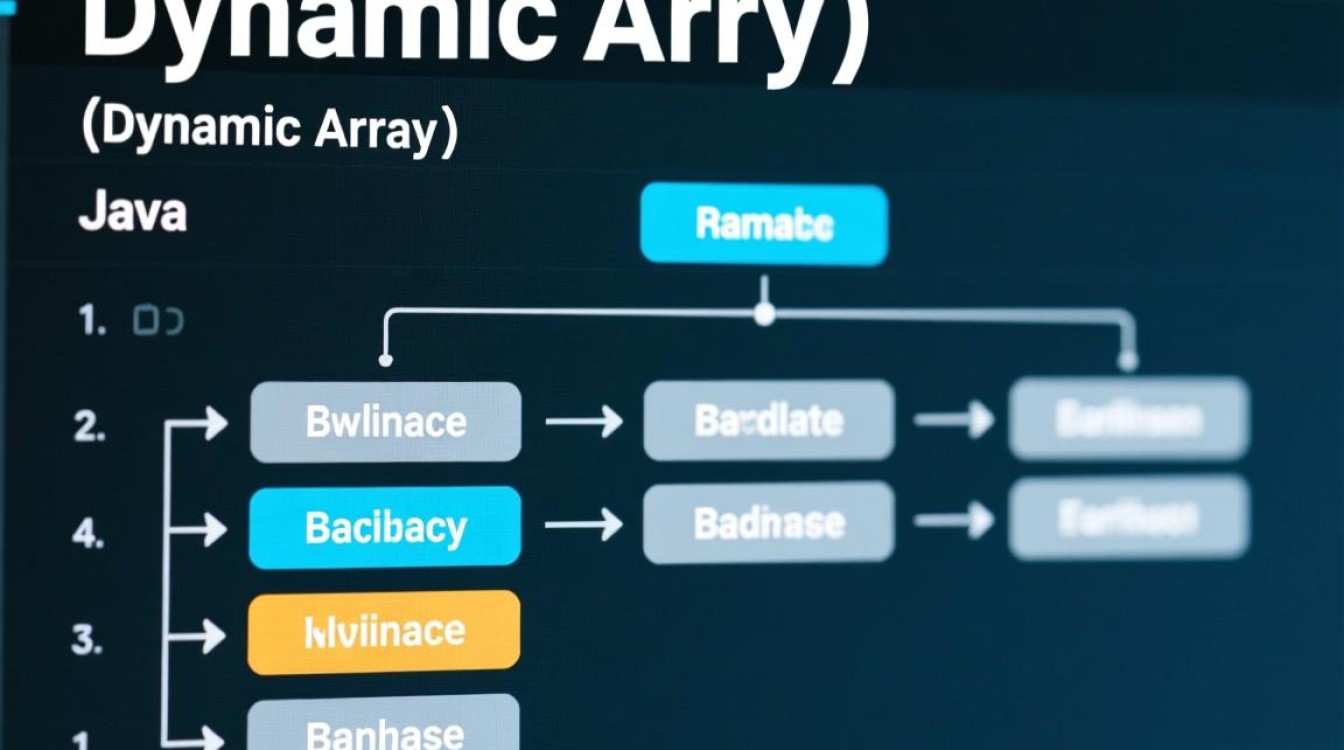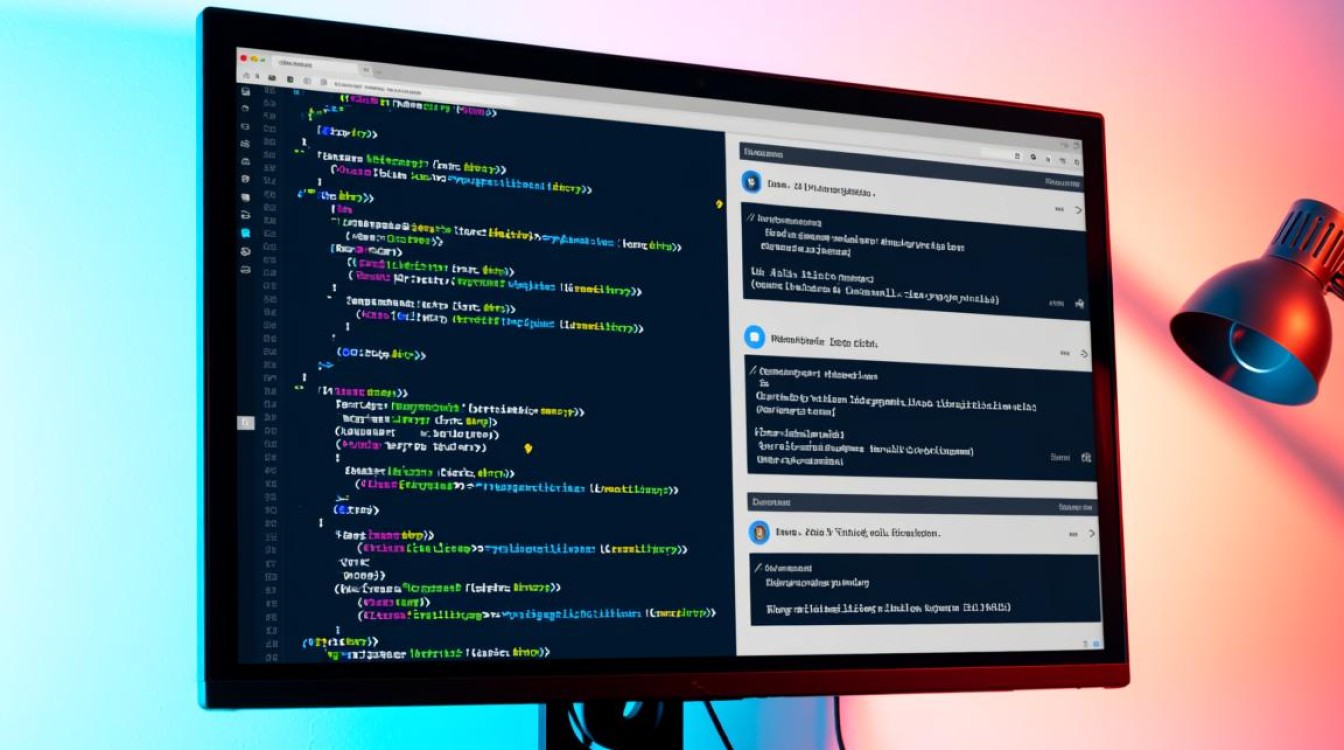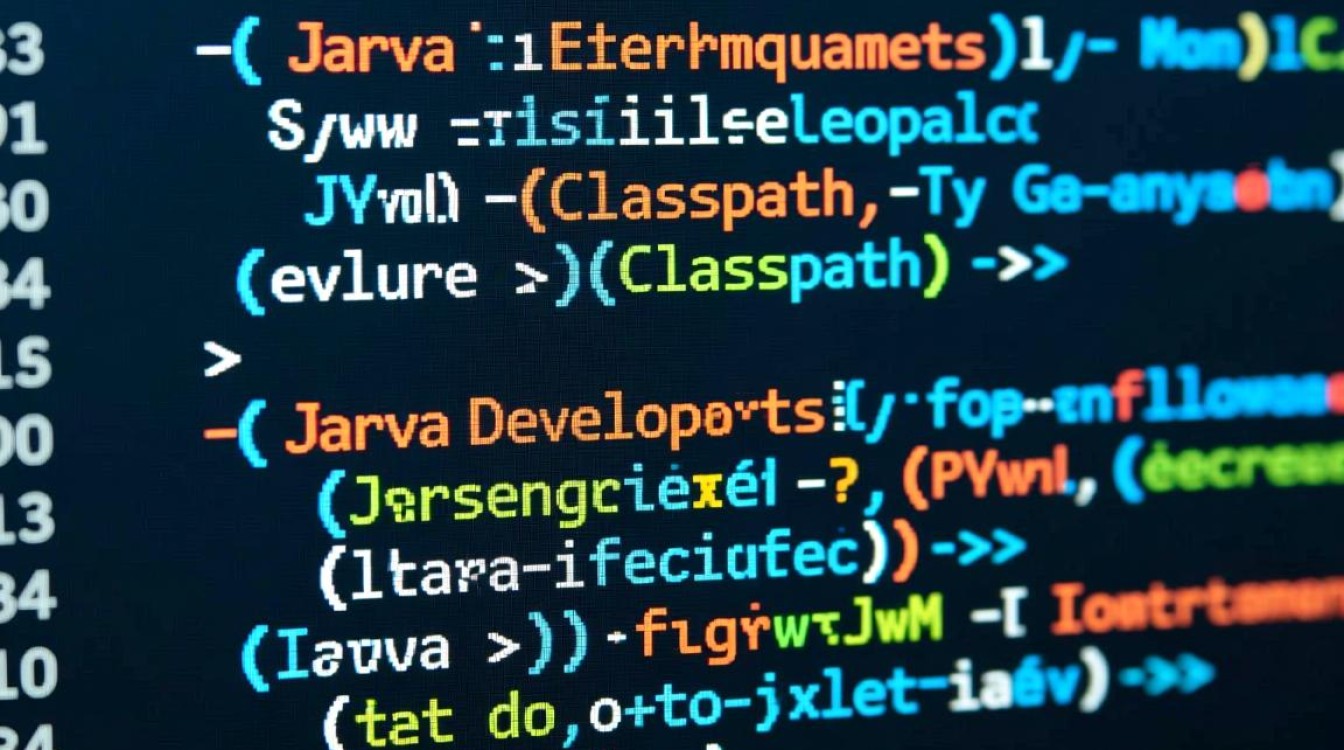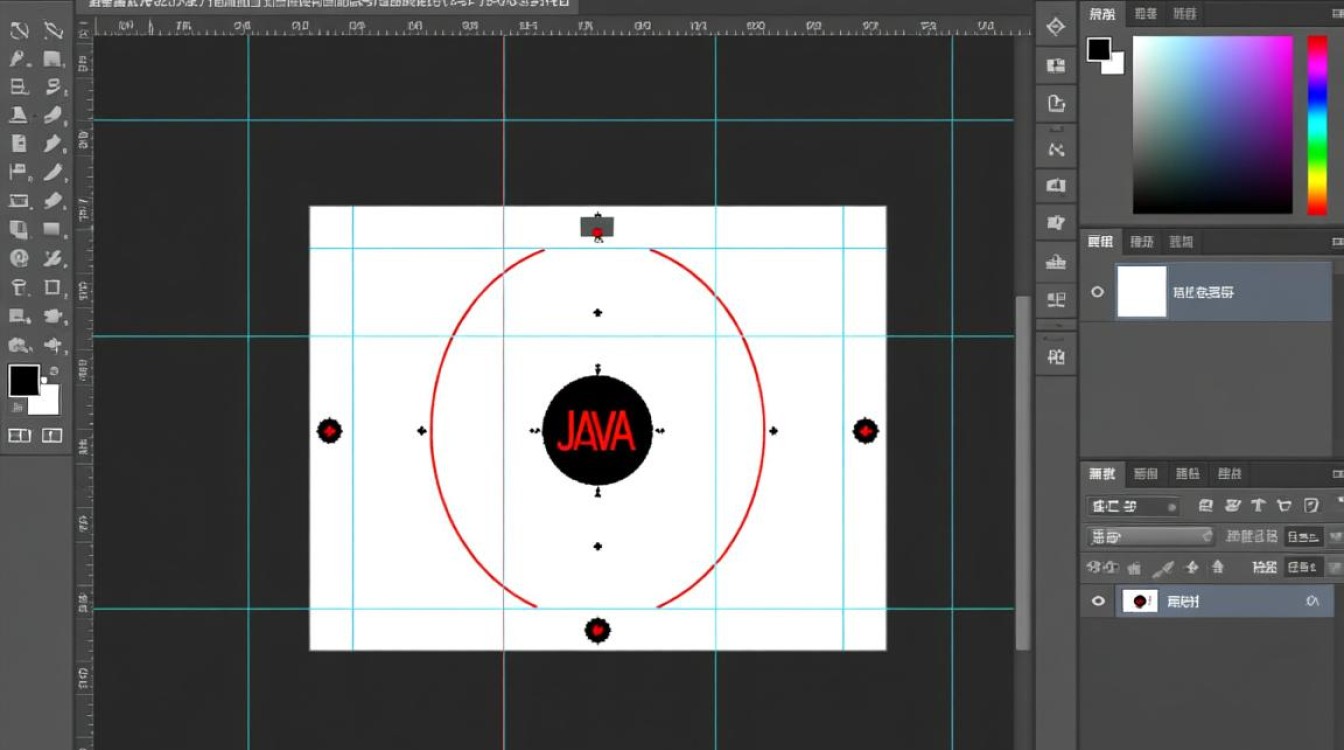Java象棋棋子生成的核心思路
在Java象棋程序开发中,棋子的生成是构建游戏界面的基础环节,实现棋子的生成需要结合面向对象设计、图形界面绘制和棋盘逻辑布局,确保棋子既能正确显示,又能与游戏规则交互,以下是具体实现步骤的关键要点。
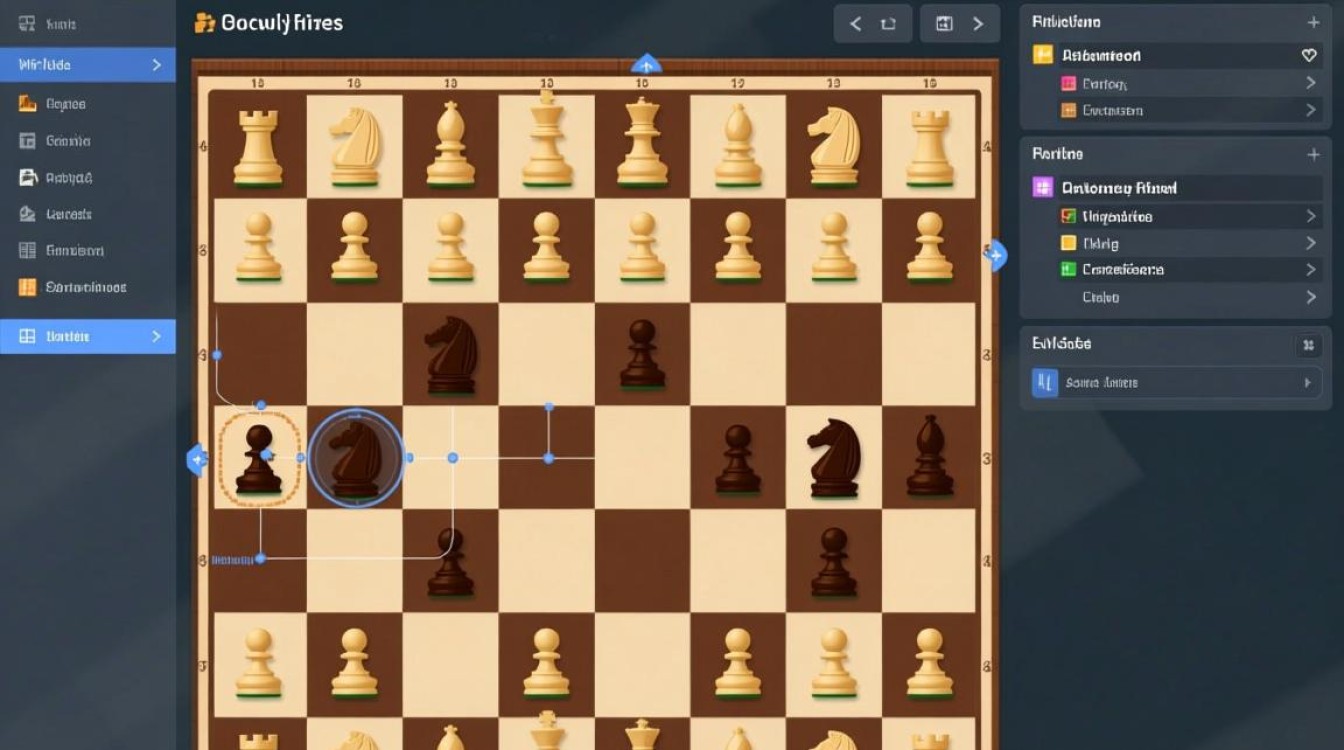
设计棋子数据模型
首先需要定义棋子的数据结构,以便存储和管理棋子的属性,通常可采用面向对象的方式,创建一个ChessPiece类,包含以下核心属性:
- 类型:如“将/帅”“车”“马”等,可通过枚举(
Enum)定义,例如PieceType.KING、PieceType.ROOK。 - 颜色:红方或黑方,可用布尔值或枚举区分(如
isRed = true)。 - 位置:棋盘上的坐标,可采用
int类型的row和col表示,或自定义Position类。 - 显示文本:对应的中文字符,如“红帅”“黑车”,用于界面渲染。
示例代码片段:
public enum PieceType {
GENERAL, ADVISOR, ELEPHANT, HORSE, CHARIOT, CANNON, SOLDIER
}
public class ChessPiece {
private PieceType type;
private boolean isRed;
private int row, col;
private String displayText;
public ChessPiece(PieceType type, boolean isRed, int row, int col) {
this.type = type;
this.isRed = isRed;
this.row = row;
this.col = col;
this.displayText = initDisplayText();
}
private String initDisplayText() {
// 根据类型和颜色返回对应的中文显示文本
// 红方将返回“帅”,黑方返回“将”
}
}
棋盘布局与棋子初始化
象棋棋盘为9×10的网格,初始棋子位置固定,可通过二维数组或List集合存储棋子对象,并按照标准开局布局初始化。
- 红方棋子:第0行放置车、马、象、士、帅等,第3行放置兵。
- 黑方棋子:第9行放置车、马、象、士、将等,第6行放置卒。
初始化时,可创建一个ChessBoard类,负责管理所有棋子的创建和存储:
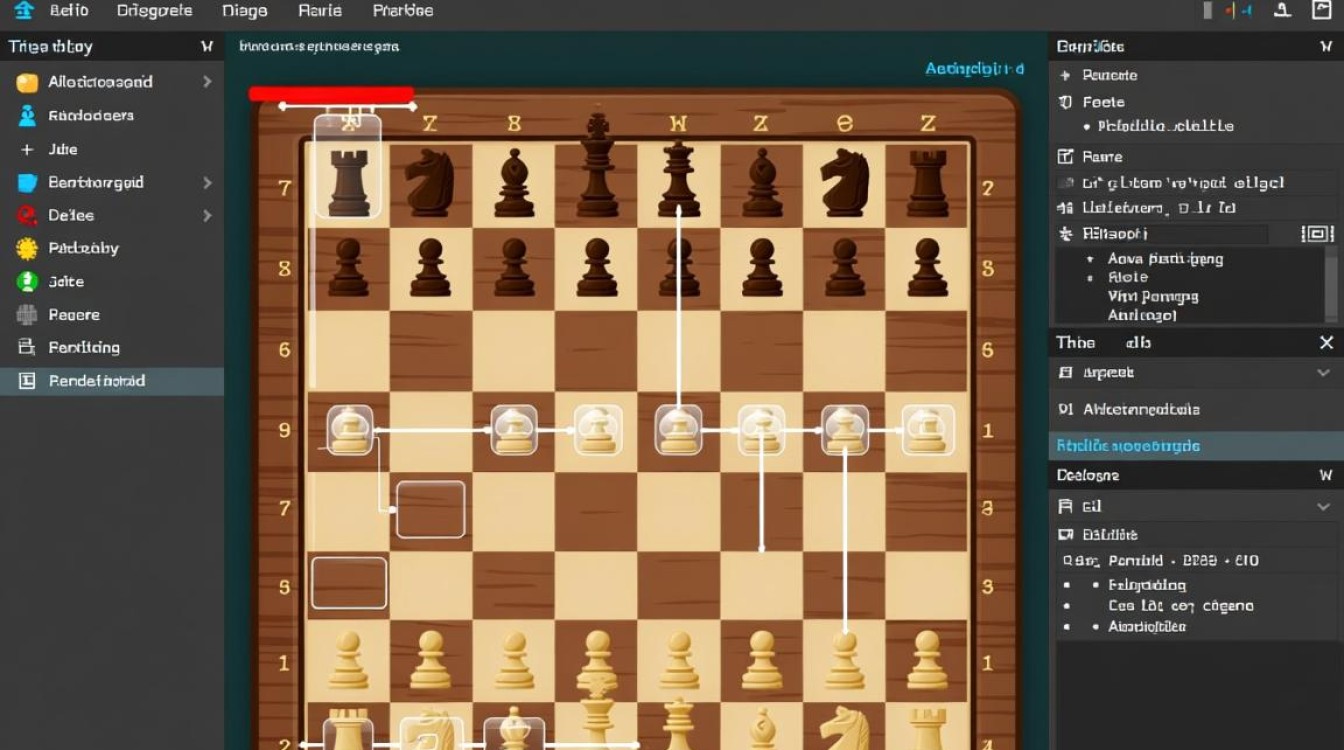
public class ChessBoard {
private ChessPiece[][] pieces; // 9列×10行
private List<ChessPiece> redPieces, blackPieces;
public void initializePieces() {
// 初始化红方棋子
addPiece(new ChessPiece(PieceType.CHARIOT, true, 0, 0));
addPiece(new ChessPiece(PieceType.HORSE, true, 0, 1));
// ... 其他红方棋子
// 初始化黑方棋子
addPiece(new ChessPiece(PieceType.CHARIOT, false, 9, 0));
addPiece(new ChessPiece(PieceType.HORSE, false, 9, 1));
// ... 其他黑方棋子
}
private void addPiece(ChessPiece piece) {
int col = piece.getCol();
int row = piece.getRow();
pieces[row][col] = piece;
if (piece.isRed()) {
redPieces.add(piece);
} else {
blackPieces.add(piece);
}
}
}
图形界面中的棋子绘制
在Java图形界面(如Swing或JavaFX)中,棋子通常通过绘制图形和文本实现,可自定义JPanel或Canvas组件,重写paintComponent方法(Swing)或draw方法(JavaFX),完成棋子的渲染。
绘制时需注意:
- 棋盘背景:先绘制棋盘网格和楚河汉界。
- 棋子样式:圆形底色(红方红色、黑方黑色),内部显示中文棋子名称。
- 坐标映射:将逻辑坐标(
row、col)转换为屏幕像素坐标,确保棋子准确落在棋盘交叉点。
示例(Swing绘制棋子):
@Override
protected void paintComponent(Graphics g) {
super.paintComponent(g);
// 绘制棋盘背景(省略)
// 遍历所有棋子并绘制
for (ChessPiece piece : board.getAllPieces()) {
int x = colToX(piece.getCol()); // 列转x坐标
int y = rowToY(piece.getRow()); // 行转y坐标
// 绘制棋子圆形背景
g.setColor(piece.isRed() ? Color.RED : Color.BLACK);
g.fillOval(x - 25, y - 25, 50, 50);
// 绘制棋子文本
g.setColor(Color.WHITE);
g.setFont(new Font("宋体", Font.BOLD, 24));
g.drawString(piece.getDisplayText(), x - 12, y + 8);
}
}
棋子交互与动态生成
除初始化生成外,游戏过程中还需动态生成棋子(如“兵”过河后变“仕”等特殊规则,或残局复盘功能),此时可通过ChessBoard类提供的方法添加或更新棋子,并触发界面重绘:
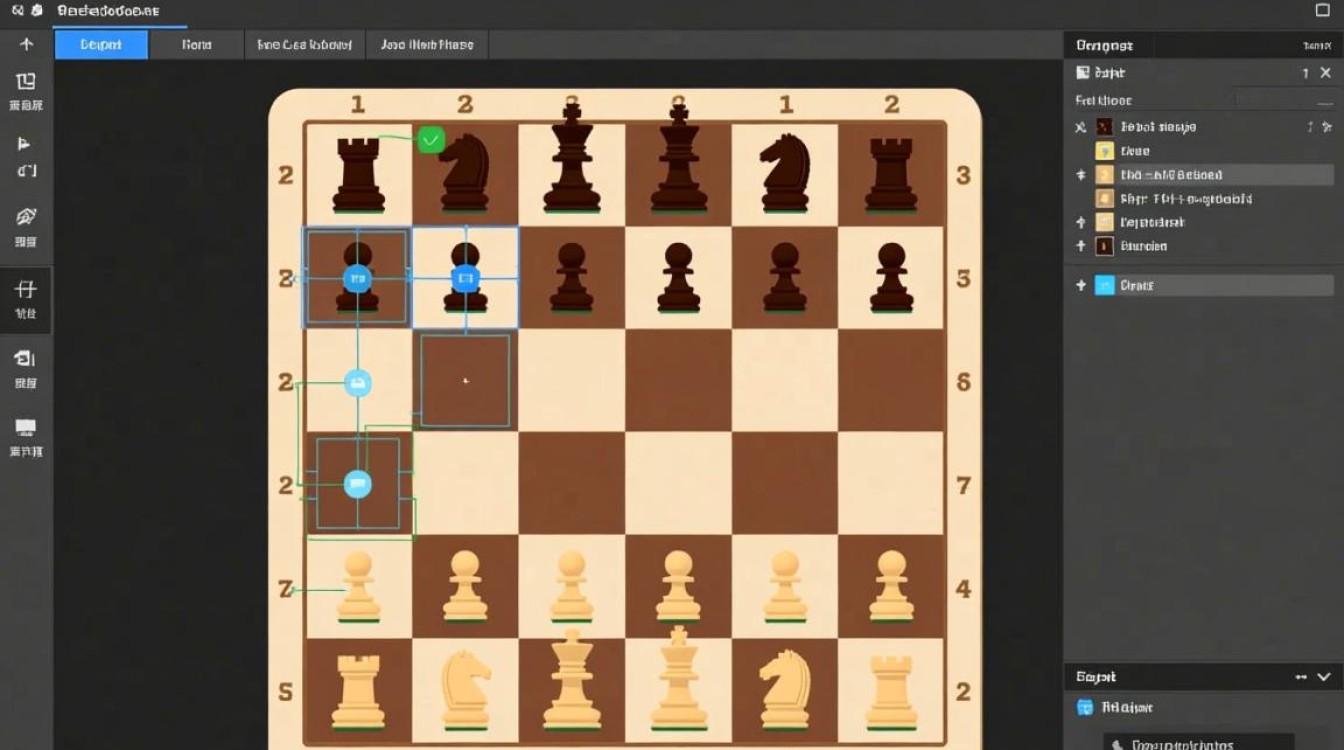
public void movePiece(int fromRow, int fromCol, int toRow, int toCol) {
ChessPiece piece = pieces[fromRow][fromCol];
pieces[toRow][toCol] = piece;
pieces[fromRow][fromCol] = null;
piece.setRow(toRow);
piece.setCol(toCol);
// 触发界面更新
this.repaint();
}
Java象棋棋子的生成涉及数据模型设计、棋盘逻辑初始化、图形界面绘制及动态交互管理,通过合理的类结构划分和坐标映射,可实现清晰、可扩展的棋子生成系统,为后续走棋规则、胜负判定等功能奠定基础,关键在于平衡代码逻辑与界面展示,确保棋子生成既符合游戏规则,又具备良好的用户体验。


